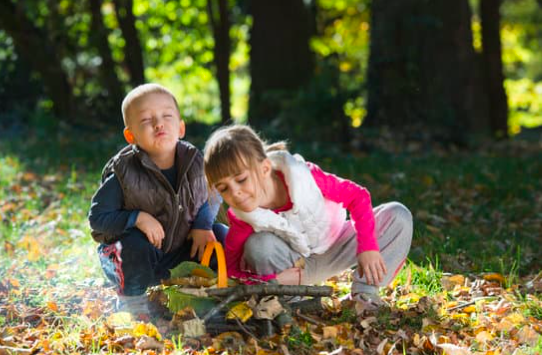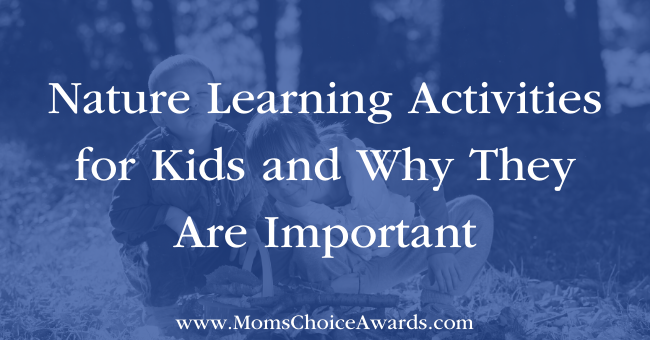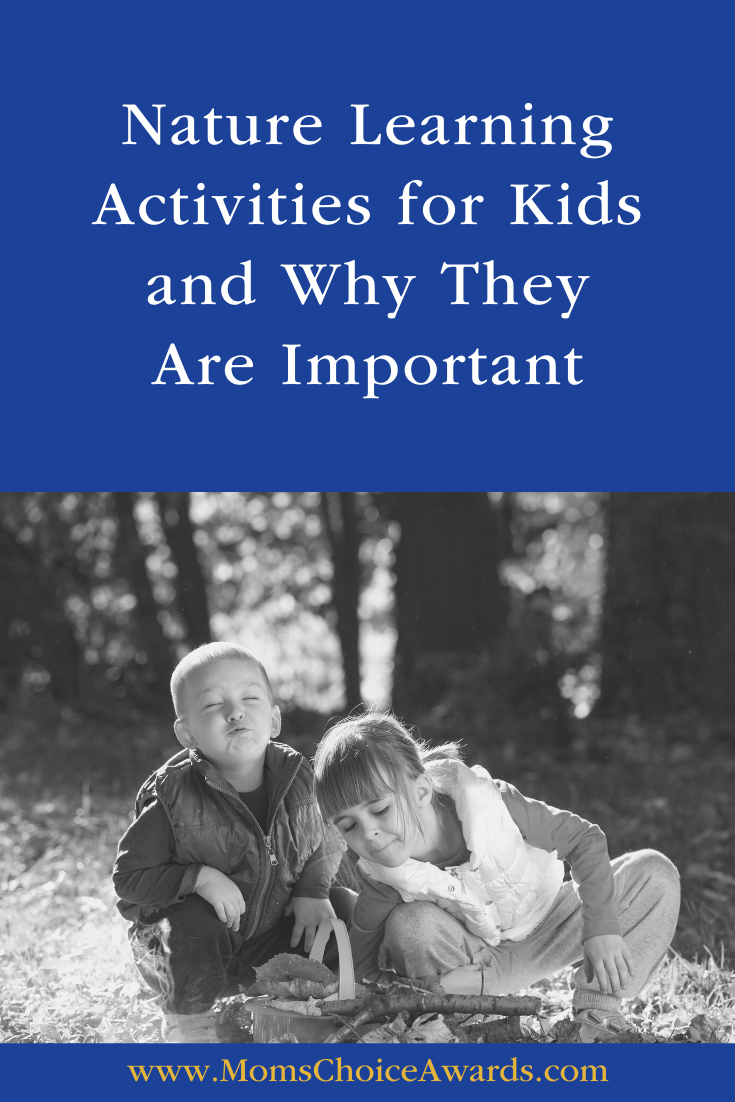 Kate Newberry
Kate Newberry
Writer | Outdoorsman
Nature Learning Activities for Kids and Why They Are Important
By Kate Newberry
 The more kids stay connected with their computers, the more likely they are to disconnect to the natural world around them. To really learn about the physical world, they need to get out and experience it. Nature teaches them to problem solve and to question the world around them. We’re more concerned than ever about climate change. Future generations must know how to face the challenges likely to confront them. One way to do that is by engaging kids to preserve the ecosystem so they will carry the fight forward. That starts by connecting children to nature, a contact too many no longer have. Here are some ways to educate young minds through fun and engaging activities.
The more kids stay connected with their computers, the more likely they are to disconnect to the natural world around them. To really learn about the physical world, they need to get out and experience it. Nature teaches them to problem solve and to question the world around them. We’re more concerned than ever about climate change. Future generations must know how to face the challenges likely to confront them. One way to do that is by engaging kids to preserve the ecosystem so they will carry the fight forward. That starts by connecting children to nature, a contact too many no longer have. Here are some ways to educate young minds through fun and engaging activities.
Encourage Kids to Get Dirty
For thousands of years, people have had an up-close and personal relationship with the Earth. It provides the food, water, and shelter necessary for life. Today’s kids are accustomed to getting their food from a supermarket, but gardening can get kids back to their roots. Preparing soil, planting, weeding, watering, and harvesting gives children a practical education in where our food comes from and what it takes to get from ground to table. While a backyard garden plot might be ideal, container gardening will also clue them in.
Researchers at the Mayo Clinic also found that exposing kids to the microbes in dirt and soil is actually healthy for them. It builds their immunity and makes them less likely to succumb to asthma, allergies, and obesity.
Nature Hikes With Kids
Hikes and walks can give kids a glimpse of the real world beyond computer and cellphone screens. A backyard, park, or trail can be a laboratory for explaining the basics of ecosystems. They can demonstrate how all forms of life are dependent on one another and how changes in climate can disrupt the entire delicate balance. You can explain how bees pollinate and are vital for the survival of plants. Trees provide shelter for birds, insects, and other beneficial wildlife. Even yucky spiders have a role to play in keeping harmful pests under control.
Even math and geometry play a role in the world beyond the classroom. Counting the rings can determine the age of a tree. Everything from leaves to snowflakes are examples of geometric symmetry. Counting the number of seconds between a lightning flash and a thunder crash determines the distance of a storm.
Leave Them to Their Own Devices
Kids today are immersed in a digital world through cell phones, games, and computers. Technology can play a role in getting children attuned to nature. For virtually every facet of nature – there’s an app for that. Qeepsake is great for recording and sharing their memories. Through the internet, kids can access a massive volume of information on everything from the environment and weather to fauna and flora. Because devices are so portable, youngsters can even take them along on walks, hikes, and exploration of the Great Outdoors. Let Google be their companion.
Most of today’s devices include cameras for photographs and video, which means it’s easy to keep a record of what kids have seen and learned. Encourage them to document their learning experiences in sight, sound and narrative. They can share it with friends.
Lesson Learned
Grasping the importance of the environment may be the object, but there’s a side benefit too. By getting children away from the electrical outlets and out into the world, they also get a healthy dose of exercise, sunshine, and fresh air – just like those technologically deprived generations of yesteryear!
 Kate Newberry
Kate Newberry
Kate Newberry writes about camping and hiking for several publications. She and her family have hiked everything from the Big Dalton Canyon in California to Pikes Peak in Colorado and the Great Smoky Mountains in Tennessee (although her kids claim the Smokey Mountains are just “small hills”).
View all posts by Kate Newberry here






